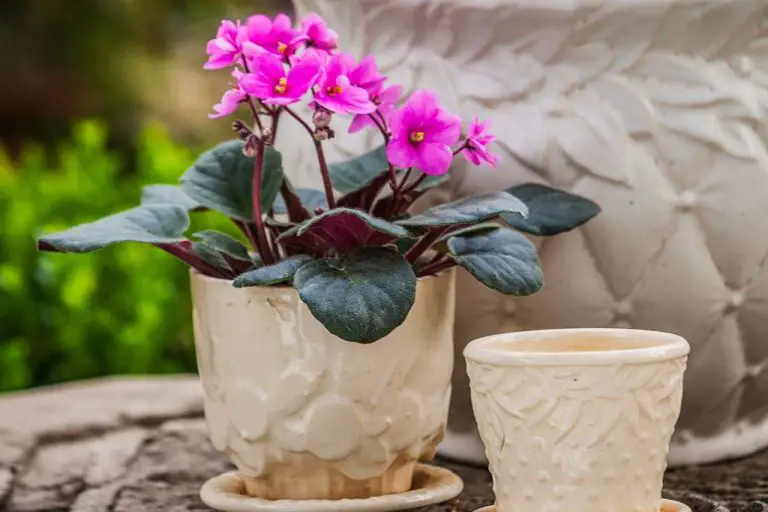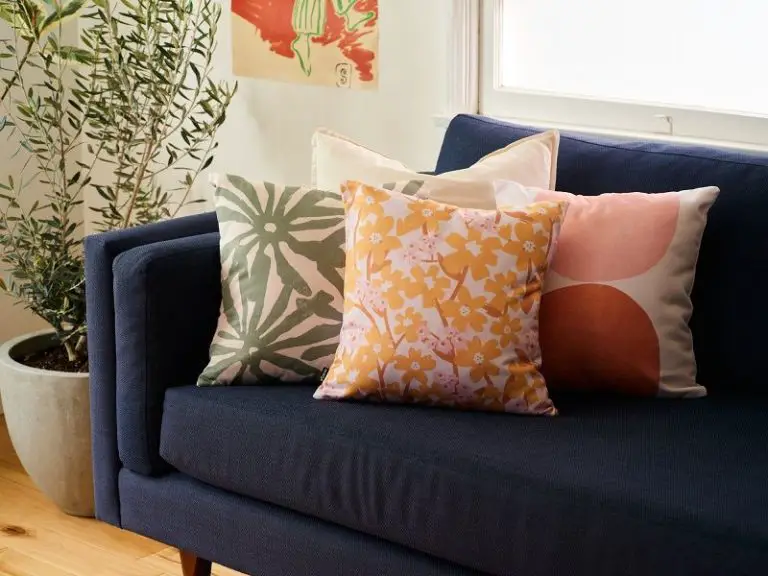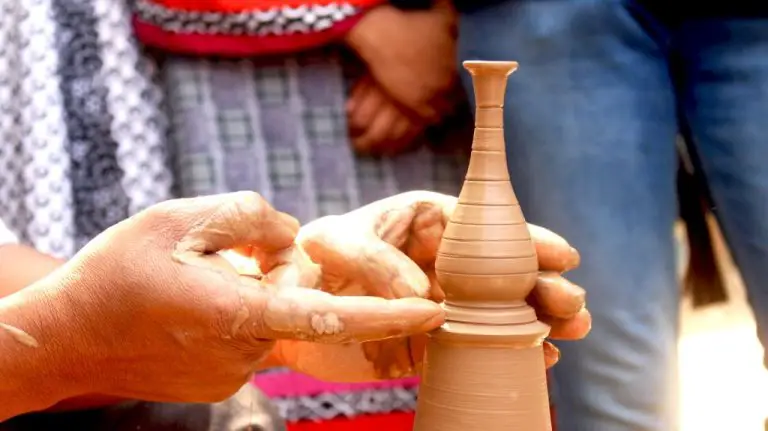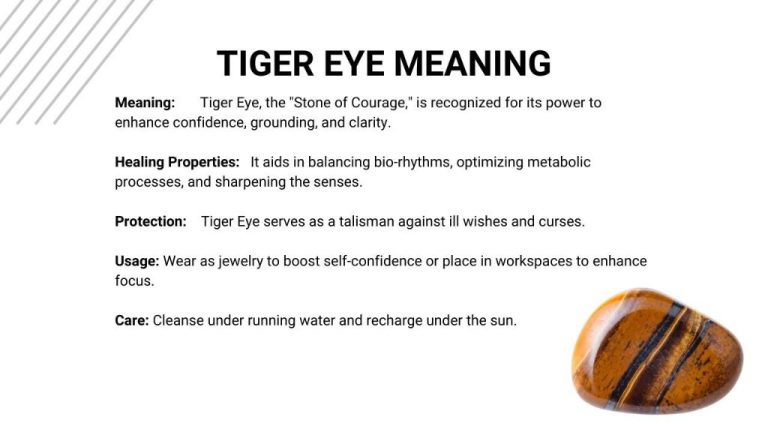How To Make A Ghostpillow?
A GhostPillow is a fun DIY Halloween decoration that can add a spooky yet playful touch to your home (https://www.birthdaybottleservice.com/unmasking-the-future-exploring-halloween-party-trends-in-nyc-for-2024/). It’s essentially a pillowcase painted to look like a ghost, with stuffing inside to give it a 3D form. GhostPillows are especially popular for Halloween parties and events, as they can be made very cheaply but look impressively creative.
Making your own GhostPillow is an easy craft that allows you to customize the design. It’s the perfect activity for getting into the Halloween spirit and decorating your home or party space affordably. With just a pillowcase, some paint and stuffing, you can create a GhostPillow in any size you like to showcase your Halloween creativity.
Materials Needed
To make a GhostPillow, you will need the following materials:
- Pillowcase: The most common material is cotton or polyester/cotton blend. You can make a pillowcase or use a store-bought one. Refer to this source for instructions on making a no-sew pillowcase.
- Pillow stuffing: Polyester fiberfill stuffing or a pillow form works best. Make sure you have enough to fill the pillowcase.
- Fabric paint: Use glow-in-the-dark or neon fabric paint so your design really stands out.
- Paint brushes: Have a variety of brush sizes for detail work.
- Pencil: To sketch out your design before painting.
- Scissors: For cutting out any fabric pieces or trim.
- Hot glue gun: If you want to add any embellishments like sequins or buttons.
Gather all these materials before starting your GhostPillow project. Refer to the introduction of this guide for a full list of recommended supplies and tools.
Designing Your Ghost
When designing your ghost for the pillow, you have lots of options to make it unique. Consider different shapes like circles, triangles, rectangles or freeform ghosts. Play around with the face – you can draw simple oval eyes and a mouth, or get creative with shapes, fangs, and other details. Decide if you want a friendly cartoon ghost, a spooky haunted ghost, or a silly ghost with accessories.
You’ll also need to decide between a full ghost design or just a ghost head or face. For a floating ghost look, do a full ghost body complete with arms, hands and feet. For a simpler design, just do the ghost’s face. You can also just paint a skull if you want more of a Halloween vibe than a ghost.
Look at ghost designs online or in Halloween books and magazines for inspiration. Use whatever colors suit your spooky or fun vision. Go for glow-in-the-dark paint if you want it to light up at night! Get creative with your ghost pillow design to make it truly unique.
https://www.lemon8-app.com/liz9574/7273359361106330117?region=us
Preparing the Pillowcase
The first step is to prepare your pillowcase for the ghost design. Start by measuring the dimensions of your pillow form to determine the size cuts you’ll need to make.
Lay your pillowcase flat and use a fabric marker or chalk to sketch out the shape of the ghost’s face. Make sure to leave enough room for the eyes, mouth, and any other facial features in your design. Refer to your original sketch for placement. According to this DIY Halloween pillow tutorial, centering the face on the pillowcase usually works best.
Once your design is mapped out, use sharp fabric scissors to precisely cut out the openings for the face. Cut holes for the eyes, mouth, and any other features. Take your time and cut carefully to get clean edges. You may want to place a piece of cardboard inside the pillowcase while cutting to avoid slicing through both sides.
Additionally, you can cut free-floating ghost arms, feet, or other accents out of separate fabric pieces. These can be attached later after stuffing the pillow. Just be sure to cut them to the approximate scale of your ghost face.
When you finish cutting, remove any loose threads or fabric pieces with a seam ripper. Your pillowcase is now ready for creating the ghost design!
Painting Your Design
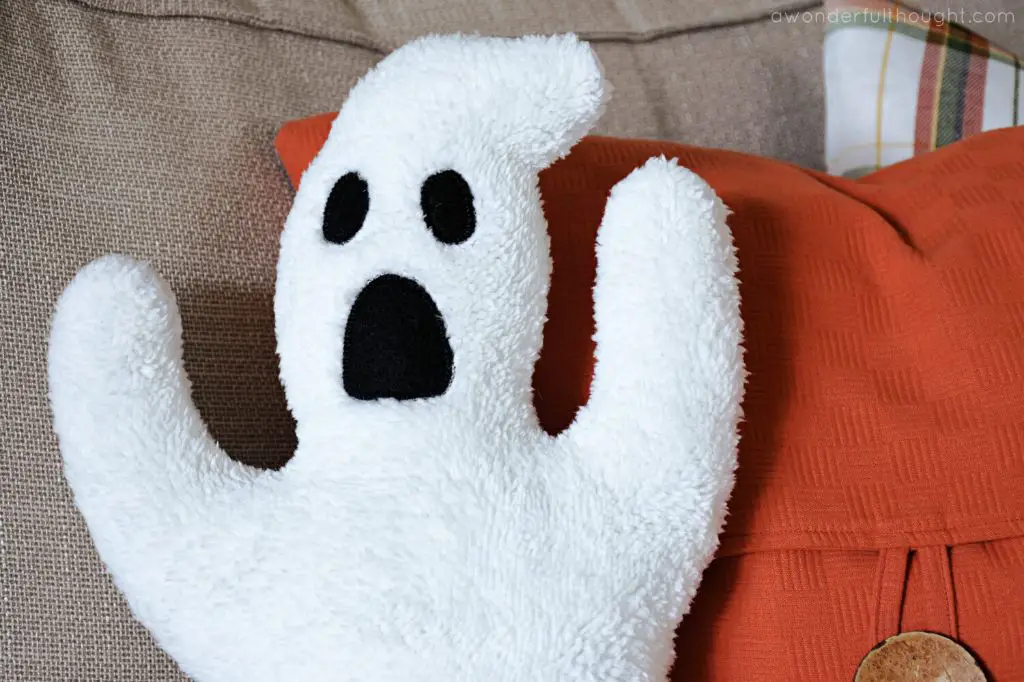
A key step in creating your GhostPillow is painting the ghost design using glow-in-the-dark fabric paint. Here are some tips for working with glow-in-the-dark paint to achieve the best results:
Make sure to use high-quality glow-in-the-dark fabric paint specifically designed for use on fabrics and clothing. Good brands include Tulip and Art ‘N Glow (https://www.artnglow.com/blogs/news/top-tips-for-painting-with-glow-in-the-dark-paint). The paint needs to be flexible when dry so it doesn’t crack as the fabric moves.
Shake the paint bottle vigorously before using to fully mix the glow pigment throughout the paint. The glow particles tend to settle, so shaking ensures even color and brightness.
Apply the glow paint generously for maximum brightness. Two or more coats are recommended. Let each coat fully dry before adding another.
Avoid over-blending or touching the paint too much while wet, as this can diminish the glow effect. The less you mess with the painted area as it dries, the better the glow will be.
Heat-set the paint after it’s fully dry by ironing on the reverse side of the fabric. This helps lock in the glow particles for brighter, longer-lasting results (https://www.sewwhatalicia.com/glow-in-the-dark-fabric-paint-tutorial/).
Charge the painted design under light prior to displaying for best glow brightness. The longer the charge time, the brighter and longer it will visibly glow in the dark.
Stuffing the Pillow
When stuffing the pillow, make sure to use a polyester fiberfill stuffing. For a standard 20″ x 20″ pillow, you will need approximately 20 oz of stuffing. You want the pillow to be firmly stuffed so it holds its shape, but not overly full or hard. Add small handfuls of stuffing at a time, spreading it out evenly before adding more. Gently shake the pillowcase periodically to help settle and distribute the filling. Continue adding stuffing until the pillow has a uniform thickness and firmness. Avoid over-stuffing, as this can reduce the pillow’s comfort and durability over time.
Adding Final Touches
Now that your GhostPillow has been stuffed, painted and is coming together nicely, it’s time for some fun finishing touches to give it personality. Here are some ideas:
– Glue on wiggle eyes using craft glue or hot glue. Play around with different sizes and placements for different expressions.
– Add a ruched ribbon around the neck for a bowtie or neck ruffle. Use a glue gun to attach.
– For a girl ghost, glue on lashes above the eyes. Or add glittery costume gems for earrings.
– Cut fringe strips from fabric scraps and glue around the bottom as a fringe skirt.
– Tie yarn or ribbon at the top for hair. Make small pom poms for cute pigtails.
– Accent with buttons, felt shapes, rickrack trim – anything you want! The options are endless.
The finishing touches are a chance to get creative and give your GhostPillow a unique personality. Go wild with craft supplies and have fun making your ghost friend one-of-a-kind!
Letting the Paint Dry
After painting your ghost design, it’s important to let the glow-in-the-dark paint fully dry and cure to maximize the glow effect. Most glow paints take around 24 hours to fully dry and cure when applied in thin coats at room temperature.
The drying time allows the glow particles in the paint to fully charge from exposure to light. Longer dry times produce better glow, so be patient and allow the paint at least 24 hours of drying time before expecting it to glow brightly. Avoid handling or touching the painted surface until completely dry.
Some tips for quick and effective glow paint drying:
– Apply glow paint in thin, even coats and avoid thick globs. Thin paint dries faster.
– Allow each coat to fully dry between applications, usually 1-2 hours.
– Work in a warm, dry area around 70°F. Higher temps speed drying time.
– Keep the painted project in bright light as it dries to energize the glow particles.
– Gently circulate air around the painted project as it dries.[This source](https://artaspirant.com/glow-in-the-dark-paint/) recommends 24 hours of drying time for maximum glow brightness.
Patience during the drying process will help ensure your ghost design glows brightly for many hours in the dark once fully cured! The longer you allow the paint to dry and cure, the better the glow effect will be.
Displaying Your GhostPillow
After all that hard work making your GhostPillow, you’ll want to proudly display it for all to see. Here are some creative ways to show off your ghostly creation indoors or outdoors:
Indoors:
- Sit him on your couch or chair as an extra guest
- Let him “fly” from the ceiling or hang over a doorway
- Perch him on a stack of books or the mantle
- Have him peeking out from under a blanket or behind a houseplant
Outdoors:
- Tie him to a tree branch or place him in a bush
- Sit him on your front porch with a jack-o-lantern
- Let him “haunt” your garage or front gate
- Put him in a flower pot or plant him in your garden
Get creative and find fun ways to show off your artistic creation both inside and outside your home. Your GhostPillow is sure to put a frightful twist on any space!
Other Fun Ideas
There are lots of ways to vary this project and make your own unique GhostPillow creations. Here are some fun ideas to try:
- Make different shaped pillows like stars, pumpkins, or bats.
- Use glow-in-the-dark paint for an extra spooky effect.
- Paint your design on both sides of the pillowcase.
- Add extra details like googly eyes, pom poms, or fringe.
- Make a family of ghost pillows in different sizes.
- Use colored paints instead of white for a rainbow ghost.
- Cut shapes out of felt to applique onto the pillowcase.
- Glue on glitter, sequins, or other embellishments.
- Sew or hot glue extra fabric pieces onto the pillowcase.
- Experiment with paint techniques like splatter painting.
Let your creativity run wild! The ghost shape serves as a great starting point, but you can make all kinds of fun pillows using this method.

